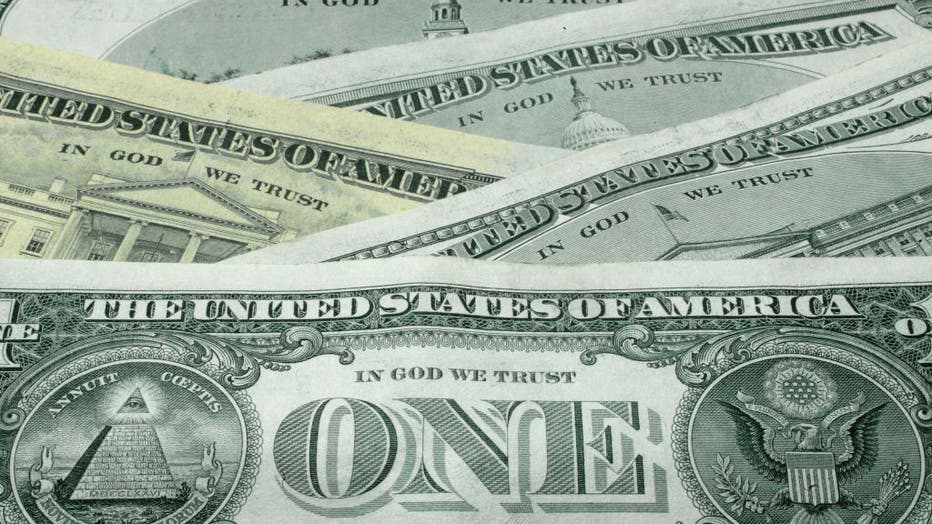Could you handle a $1,000 emergency expense? Report says most Americans can't
Expert on retirement savings
Indira Venkat serves as the Senior Vice President of Research at AARP, she joins LiveNOW from FOX to discuss a recent survey that found more than 20% of adults ages 50 and older have no retirement savings. Venkat explains how Americans are worried about covering basic expenses.
LOS ANGELES - A new Bankrate survey reveals only 41% of Americans would use savings to cover a $1,000 emergency, such as a car repair or medical bill. This marks a drop from 44% in 2024 and highlights the growing financial strain many face. Meanwhile, 27% of U.S. adults have no emergency savings at all, the highest percentage since 2020.
Instead of savings, 43% of people would rely on credit cards, loans, or borrowing from others, with credit card usage climbing to 25%, up from 21% last year.
Inflation and job concerns are impacting savings
Big picture view:
Rising prices and elevated interest rates are squeezing household budgets, with 73% of Americans reporting they’re saving less due to these factors. Although inflation has eased since its 2022 peak, it remains above the Federal Reserve’s target.
Nearly 70% of Americans worry they couldn’t cover living expenses if they lost their primary source of income. With unemployment expected to reach 4.4% by the end of 2025, financial insecurity is a growing concern.
Younger generations are hit hardest
By the numbers:
Generationally, younger Americans struggle the most with emergency savings:
- Gen Z: 29% have no savings, and 44% have less than three months’ expenses saved.
- Millennials: 34% report having no emergency savings, the highest of any generation.
- Gen X: 31% lack emergency savings, with 66% feeling financially uneasy.
- Baby Boomers: Only 16% have no savings, with 46% having six months or more saved.

FILE - The words "In God We Trust" are seen on U.S. currency October 14, 2004 in Washington, DC. (Photo Illustration by Alex Wong/Getty Images)
Steps to start building emergency savings
What you can do:
Here’s how you can begin saving for emergencies:
- Set a savings goal: Aim to save three to six months’ worth of expenses to cover unexpected costs.
- Open a savings account: Use a high-yield savings account to separate emergency funds from regular spending.
- Automate your savings: Schedule direct deposits or automatic transfers to consistently grow your fund.
Despite inflation slowing and wages holding steady, many Americans still face financial challenges. Rising costs, high interest rates, and job uncertainty have left nearly half the population unable to cover a $1,000 emergency.
Taking small, proactive steps to build an emergency fund can help reduce financial stress and provide a safety net for the unexpected.
The Source: This article is based on Bankrate’s 2025 Emergency Savings Report and insights from Senior Economic Analyst Mark Hamrick.

